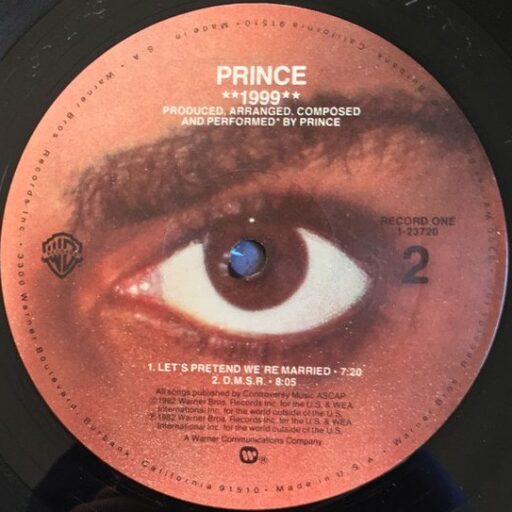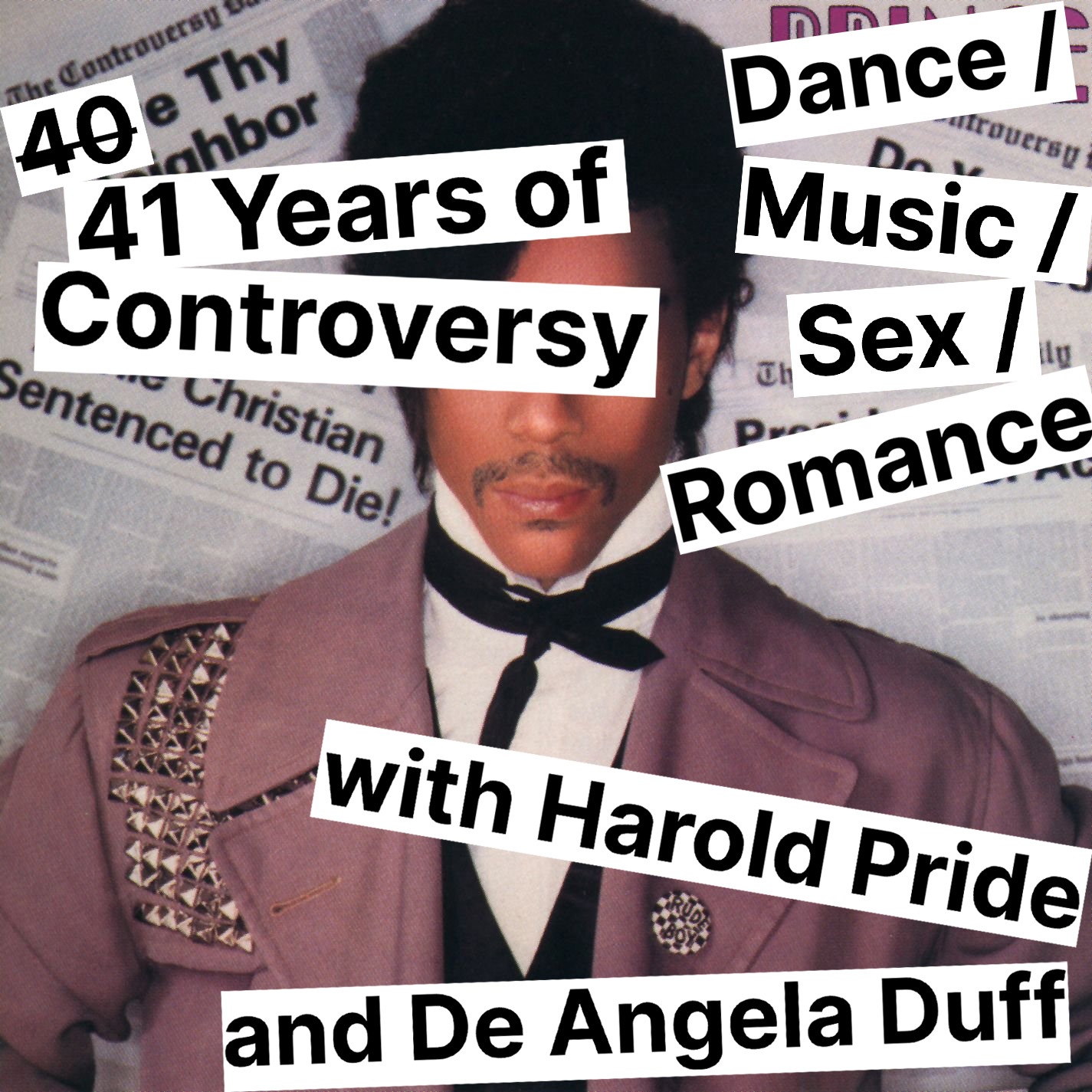Tag: annie christian
-
1999
What set Prince apart from his early-’80s peers was his insistence on greeting Judgment Day, not with solemn gravity or mordant gallows humor, but with a seemingly irony-free display of millenarian ecstasy.
-
Lady Cab Driver (Rearrange)
What keeps “Lady Cab Driver” distinct from 1999’s other transportation-themed erotic fantasies, “Little Red Corvette” and “International Lover,” is its pervasive sense of angst.
-
Something in the Water (Does Not Compute)
If “Something in the Water”’s music wasn’t so beautiful, the self-pity and solipsism of its lyrics would begin to feel ugly: an adolescent projection of self-loathing into a spitefully generic female tormenter.
-
The Second Coming
“The Second Coming” attempts to tie together the thematic threads of the Controversy album, turning the accompanying live show into a conceptual experience.
-
Roundup: Controversy, 1981
It’s a little hard to believe that I posted my Dirty Mind roundup almost exactly one year ago today. The ensuing year has been hectic for mostly day-job-related reasons, but I feel like I’ve finally hit my stride again. As always, thanks for coming along with me on this journey. I have a weird relationship with…

